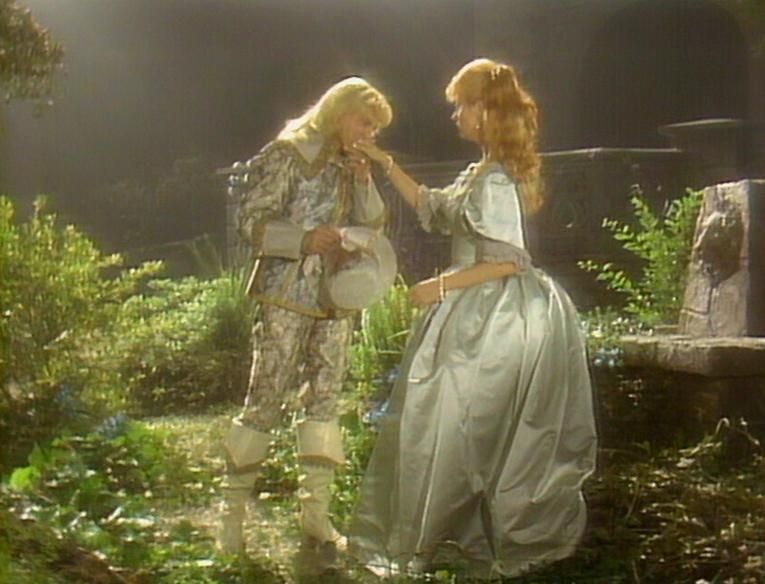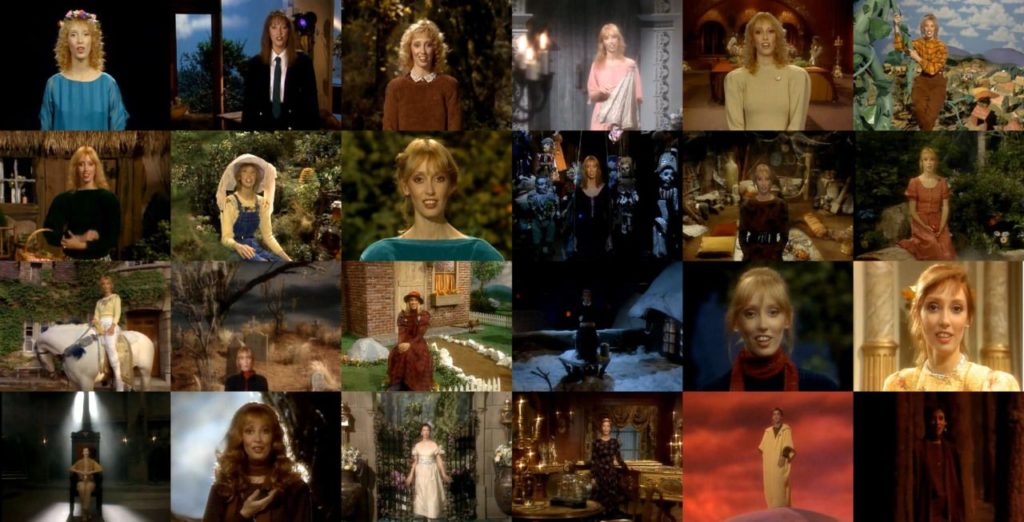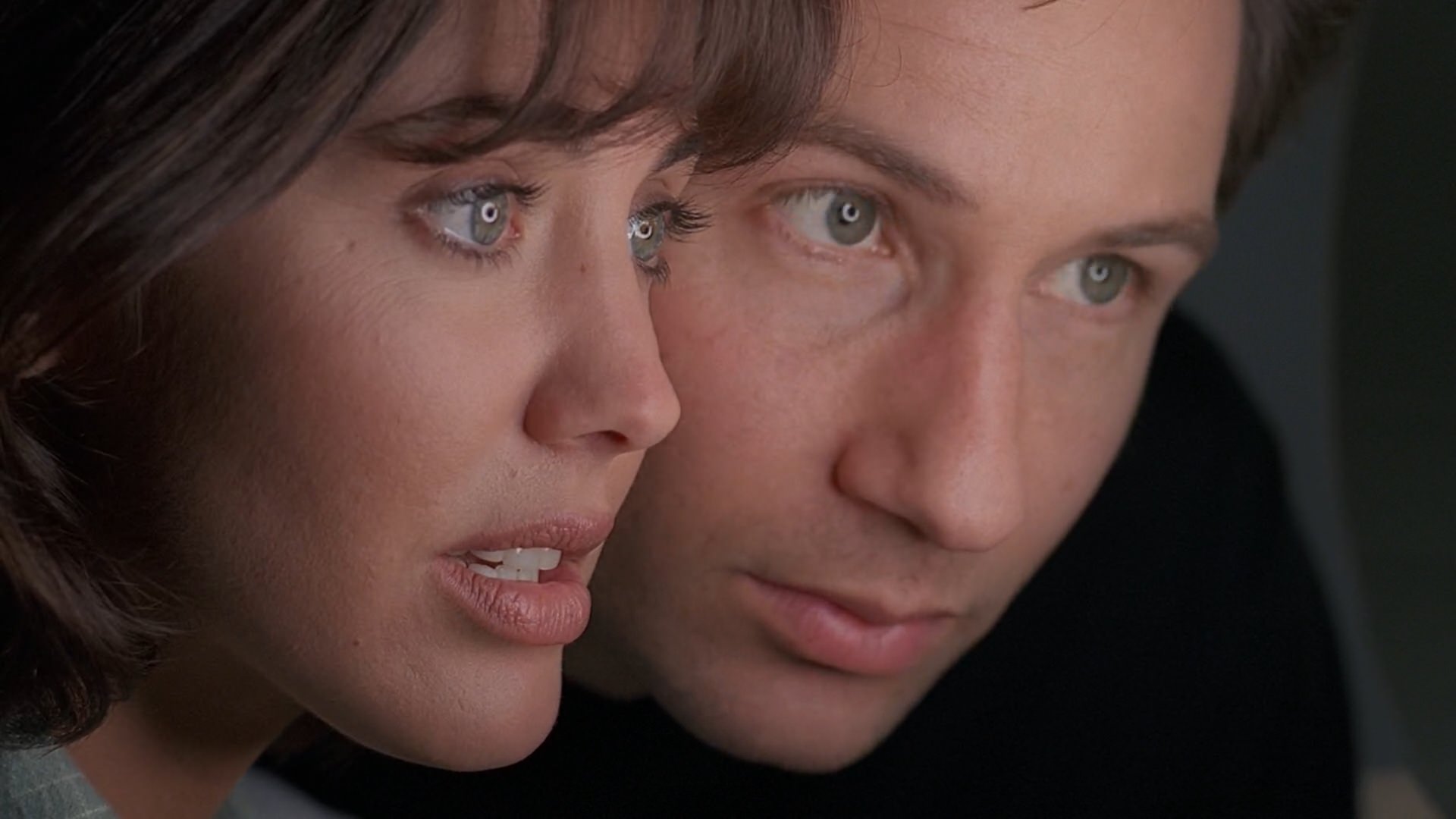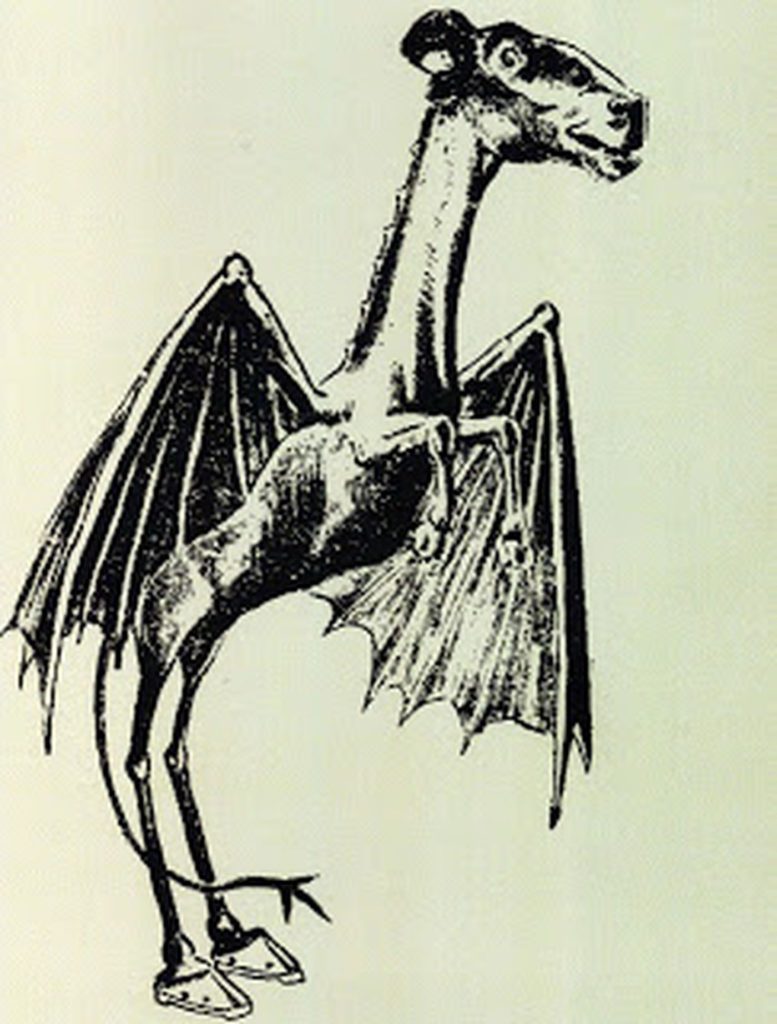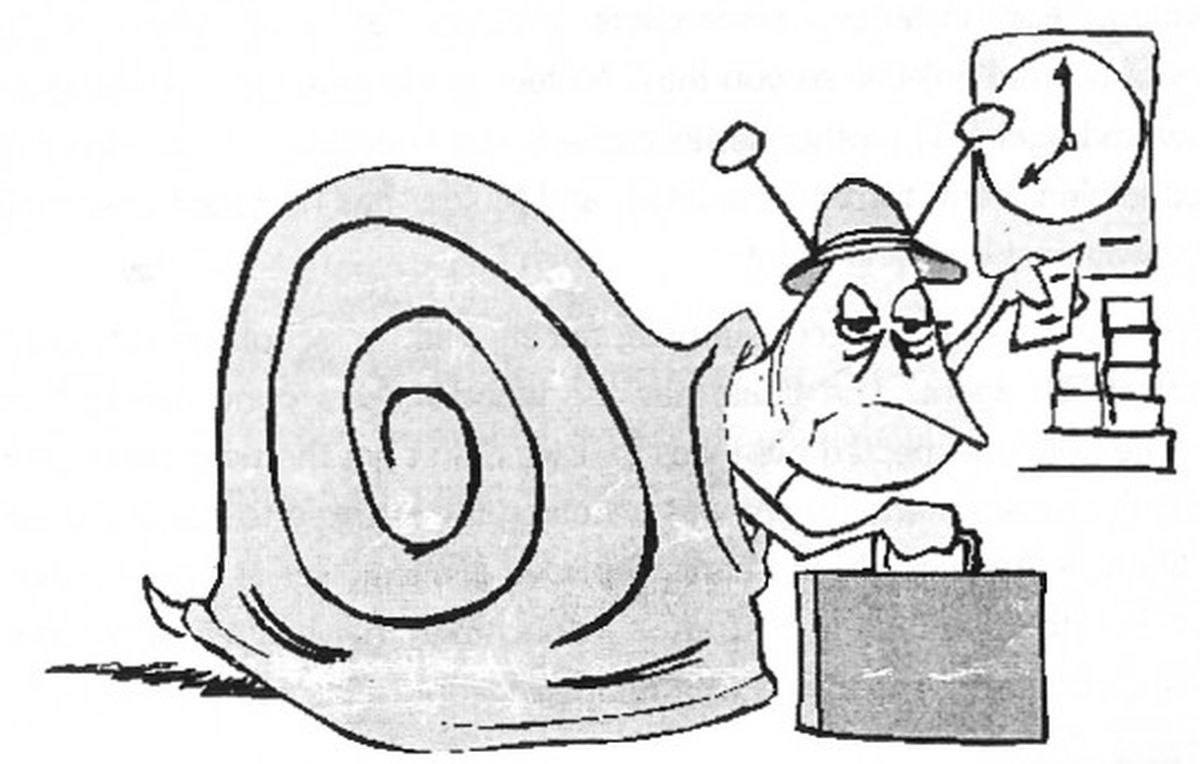A Winter’s Tale…

Alex Winter is best known for starring alongside Keanu Reeves in two very successful Bill and Ted movies. But before that, he spent several years on the stage alongside thespians such as Yul Brynner before getting his break in the dreadful vampire ‘comedy’ The Lost Boys (Winter describes his role as “a wardrobe prop with fangs”). Since then, Winter has made a series for MTV, directed more pop promos for cult bands than Richard Stanley, wrote, starred in and co-directed the mutant human comedy ‘Freaked’, and has been responsible for several UK National Lottery TV ads(!). Rob Dyer met Alex in the London office of his production company and chatted about the more esoteric parts of his work and his love of comedy and cartoons…
You’ve done some work for Jim Thirwell’s band Foetus.
Yeah, Jim’s a good friend of mine. Yeah, I did his record cover which they totally screwed up.
You did the sleeve photography?
Yeah. The newest one (album), it’s called ‘Gash’, it’s just come out. He hasn’t done one in eight years I don’t think, and I did the video. The Foetus one is really fun. That video’s a lot of fun. It’s three minutes long and has 4,000 edits!
So how long did it take to edit?
Two days – it was incredible how fast we jammed that one out, once we got into the rhythm. But it’s a lot of single frame intercuts, so it’s sort of like being beat up in an alleyway [Laughs]. Yeah, Jim’s great and it was a lot of fun to do that vid.
I understand you’ve also worked with Tim Simenon of ‘Bomb the Bass’.
I dragged him all over the world actually. Yeah. I took him to Morocco and the jungle in Belize. It was great to work with Tim because of the type of band Bomb the Bass is. It’s not one of these ‘sell the band’ type of videos. So you can really do something interesting filmicly, because it’s not all about seeing someone with their shirt off in a garage pounding out the chords! For me, that’s what’s great about videos, is the cinematic experimenting you can do. There’s no other medium I can think of where you can go completely into your own head as a filmmaker and try things out. I haven’t had that kind of freedom since film school.
You directed some of the National Lottery TV adverts, which ones?
I did a bunch. My favourite National Lottery commercial I’ve done is a business man walking down an office corridor, he’s scratching his Instants card and doesn’t notice that he falls right down the stairs. He falls down an entire office lock, 40 flights of stairs – it’s really violent too! But he doesn’t pay any attention because he’s scratching his card. Then I did two Littlewoods pools ads. They were just 10 second numbers, incredibly fast – a bank manager polishing this guys shoes is one of them and the other was a silly bit of vaudeville business, but they’re all really kinetic, fast, blindly quick ads.
Do you think your affection for cartoons comes out in these?
Oh yeah, definitely. My general feeling towards anything is… [pauses], the kind of drama I like is extreme drama. The kind of comedy I like is extreme comedy. You know, I’m not going to truck off to see Boomerang or some boring Hollywood mainstream comedy. I like them to be pretty extreme. The old cartoons were amazing. They were so innovative, and the way they used rhythm and the way they paced their jokes was just so fantastic.
What about the old school of comedians?
Keaton’s my favourite and the Three Stooges definitely, especially in Freaked, there’s a lot of Stooges gags in that. I even like Abbott and Costello, which I know is a real no-no. Python, Peter Sellers, Spike Milligan and all that stuff. Again, it was all these people who, on one level or another, were quite extreme.

What about Laurel and Hardy?
A lot of people are huge Laurel and Hardy fans, especially over here [in the UK]. I just haven’t seen many of them. It’s one of those things. I should just spend a day watching Laurel and Hardy movies. Pete Hewitt [director] kept talking about Laurel and Hardy all the time when we were making ‘Bill & Ted 2’ and I was like, “Pete, I’ve maybe seen one Laurel and Hardy!”. They made no impression on me at all when I was a little kid. I’ve got to check it out. I’m sure I’d like it. I’m not the biggest Chaplin fan because I always found Chaplin to be a bit melodramatic and I prefer to have more kinetic, dynamic energy to it. I always wanted a piano to fall on the old tramp [laughs].
There was a newspaper report which said that people were spending money on the national lottery rather than go to the cinema. So it could be said you are helping to bring down cinema attendances.
To be honest with you, as bad as movies are these days, I think I’m probably doing everybody a favour. If they don’t go trundling off to see ‘Four Weddings and a Funeral’ and spend their money [on the lottery] instead then I’ve probably saved them from intense boredom. If anything, maybe that’s a call to the film industry to start making better films so people won’t do that!
